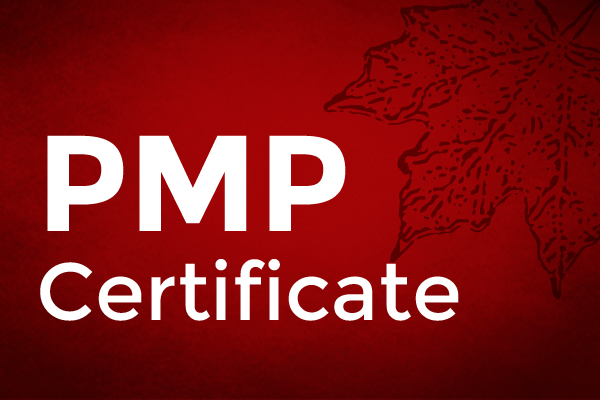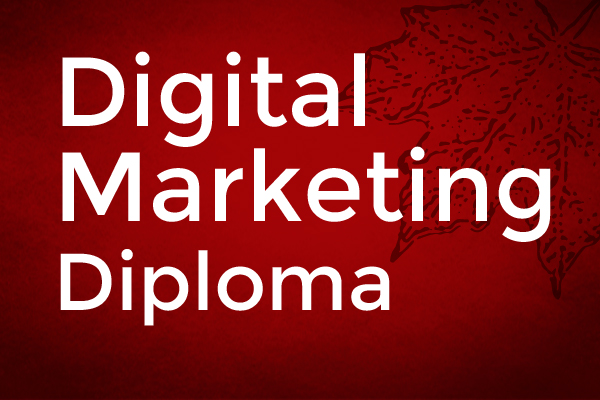
Human Resources Recruitment
Human Resources (HR) has multiple roles in each organization, whether it is a small company, Non-Governmental Organization (NGO), or an international enterprise. It is the main gear in an organization’s success and growth as it takes care of people or human beings we professionally call “employees”.
If we group employees working in a specific department as segments, it is hard to predict or measure the outcome of each employee. This leads us to one important role of HR which is to choose the right individual (employee) for the right job within the right segment. This is referred to as recruitment.
The Art of Recruitment
In this step it is important to choose well trained interviewer(s) that are well versed in the latest techniques in order to select the right calibre individuals for the available vacancies.
When meeting the right millennial, it is important as a recruiter to capture their interest. Treat high quality job seekers as top customers and leave them with a great hiring experience. Talented personnel can move the organization forward thus the reason they deserve good packages. But beware of how their input will justify the package offered.
Recruiting Process
For years, firms used the outbound style for recruiting their candidates. In this strategy the company announces that it has vacancies for certain positions. Receiving the applications is the second step and picking the right candidates from those who applied through the interviewing process is the last step before hiring.
Lately a new tactic is being used by many companies to sustainably attract high quality talents. This is called the inbound recruiting strategy. Companies that use this tactic market themselves as a high brand to attract the perfect candidates through three stages: awareness, consideration, and interest.
The outbound strategy is considered a short-term solution as it is used every time there is a job opening, while the inbound strategy is known as a long-term solution and may take longer time to build a distinguished employer brand that applies to high quality candidates. Despite the inbound tactic taking longer, it is less costly and more effective as it does not require going through piles of resumes filled with assorted information on each candidate.
Recruiter Interview Strategies
Recruiting top talents to fit in the right position is an important role of an HR specialist. This requires a well trained recruiting team using the right tactics for each candidate during the interview process.
To conduct a successful interview, it is important to prepare questions in advance keeping in mind the purpose behind every questions and what it is intended to measure. Keep in mind that asking unexpected questions is an ideal way to examine intellectual and psychological responses.
If the interview is conducted by more than one recruiter, it is best to agree on the area of investigation each one is responsible for. This will ensure that inquiries are clear to the candidate avoiding conflicts and redundancies.
Interviewers must explore the inner personality of the job seeker to determine their suitability for the position. To achieve this, it is important to make the candidate feel at ease in order for them to speak freely and without interruptions. Interviews usually start with general questions before moving on to the specific skill requirements of the position and company needs.
It is good practice to outline the duration of the interview, avoid wasting time with poor qualified interviewees, yet invite high quality ones to another round before choosing the right candidate.
The last round is an opportune time to check for consistency by asking questions from the previously round(s). Once the right candidate is selected, it is time to present how the company is the right fit and ideal choice from the package offered to the workplace culture.





